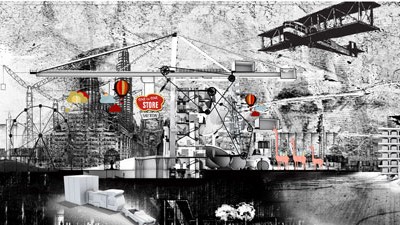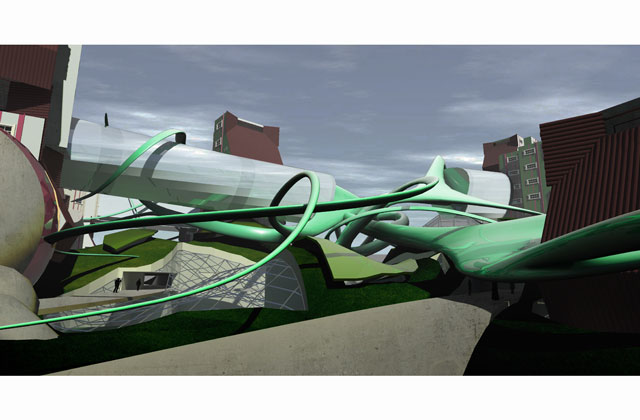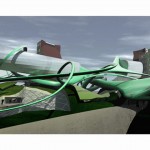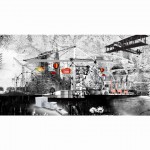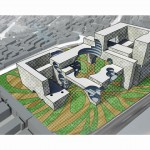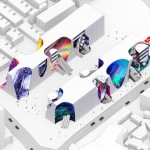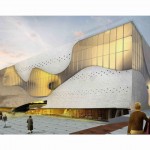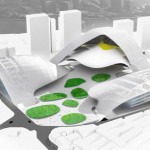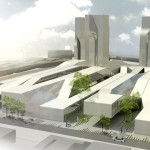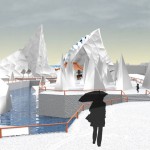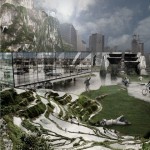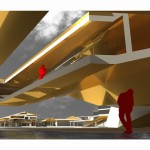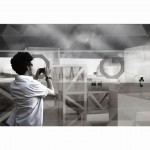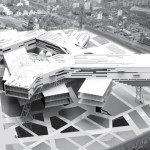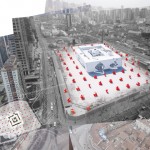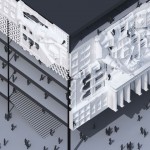2014S_China Program_Stover Studio
RPI / Tongi Studio (China Program, Spring’14)
Kyle Stover, Adjunct Professor (RPI), with Wei Wei, Chen Hong and Hongwei Liu (Tongji)
[ARCH4250/60]
Architecture Knockoffs
“We’re all familiar with knock-offs. we all probably own a few, both knowingly and not. the real question is, what’s the value of a knock-off? After all, a knock off is a reproduction of an original, an alien alteration, or a hybrid mutation of the existing – it’s literally ‘not the real thing.’ A knock-off is a mass produced mirror, a reflection of the original with an alibi for authenticity. They are copies made to look, feel, or operate like the real thing. With knock-0ffs, looks can be deceiving, and beneath the label their ingenuity is in the capacity to alter the tectonic logic of the original. One has to be innovative to make an original, but it takes expertise to make a knock-off. A fake is a product of reverse engineering; it takes an original and works backward using alternative fabrication techniques to simulate the original. The knock-off is an unauthorized imitation, designed to deliver the same effect for a fraction of the cost – and it is ironically the most unique and interesting product in today’s global society.
[Press Coverage > “Students in China Make Architecture Knock-Offs” [Architizer, July 4, 2014]
Architects are experts at making knock-offs. After all- architect see, architect do. We, as architects, draw from history and the immediate present in the production of architecture. Architects are professional imitators with a penchant for practice. Like the trained body of an athlete conditioned for competition, the act of building is a strategic rehearsal for an on site performance. As a practice, architecture is an act of repetition. Buildings are never unique, rather, they are extensions of the existing – prosthesis for place-making. Citation, quotation, adaptation, remake, series, and forgeries are textual operations within this logic of repetition – and it is precisely this logic of repetition that connects architecture and knock-offs.
It would be easy to dismiss knock-offs and forgeries as cheap products unworthy of investigation. However, a deeper truth lies beneath the surface. Digital computing and information technologies have wired the world into an atmosphere of inter-connectivity that has fundamentally altered the human-landscape. The Digital Revolution is marked by this drive towards technicity, and its devices like the internet or smart phones that contribute to a self-replicating augmentation of collective subjectivity. Technology has always shaped the human-animal. The Agricultural Revolution with assembly lines and mass production built the fabric of the world around us. Knock-offs are fundamental to the Digital Revolution, if not one of its greatest inventions. The digital is defined through replication and morphological variability which give rise to a unique variation of the copy. Digital copies are simulacra – copies without an original – and this studio will extract logics of the digital, in the form of a knock-off, to be applied in the production of architecture.”
_///
